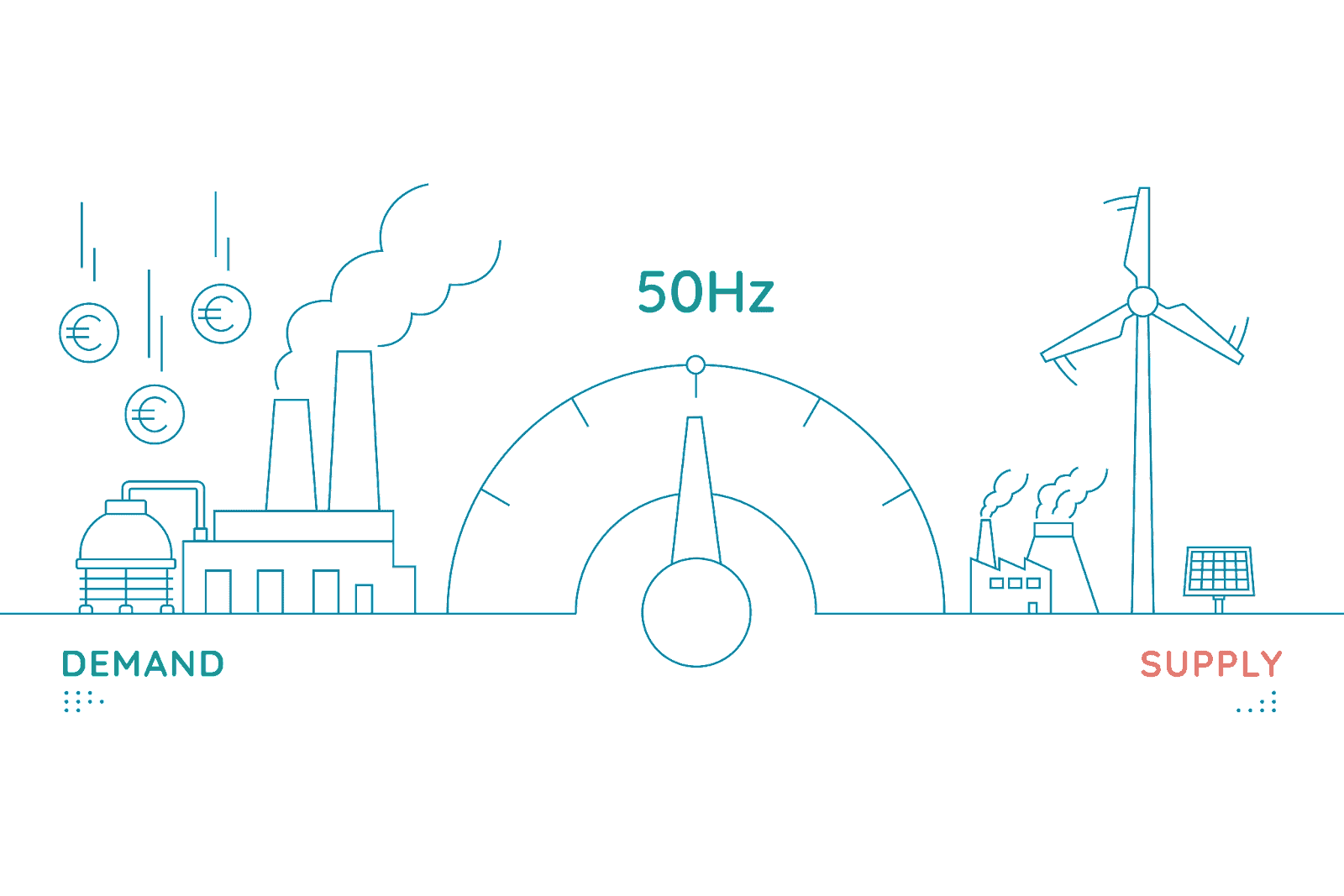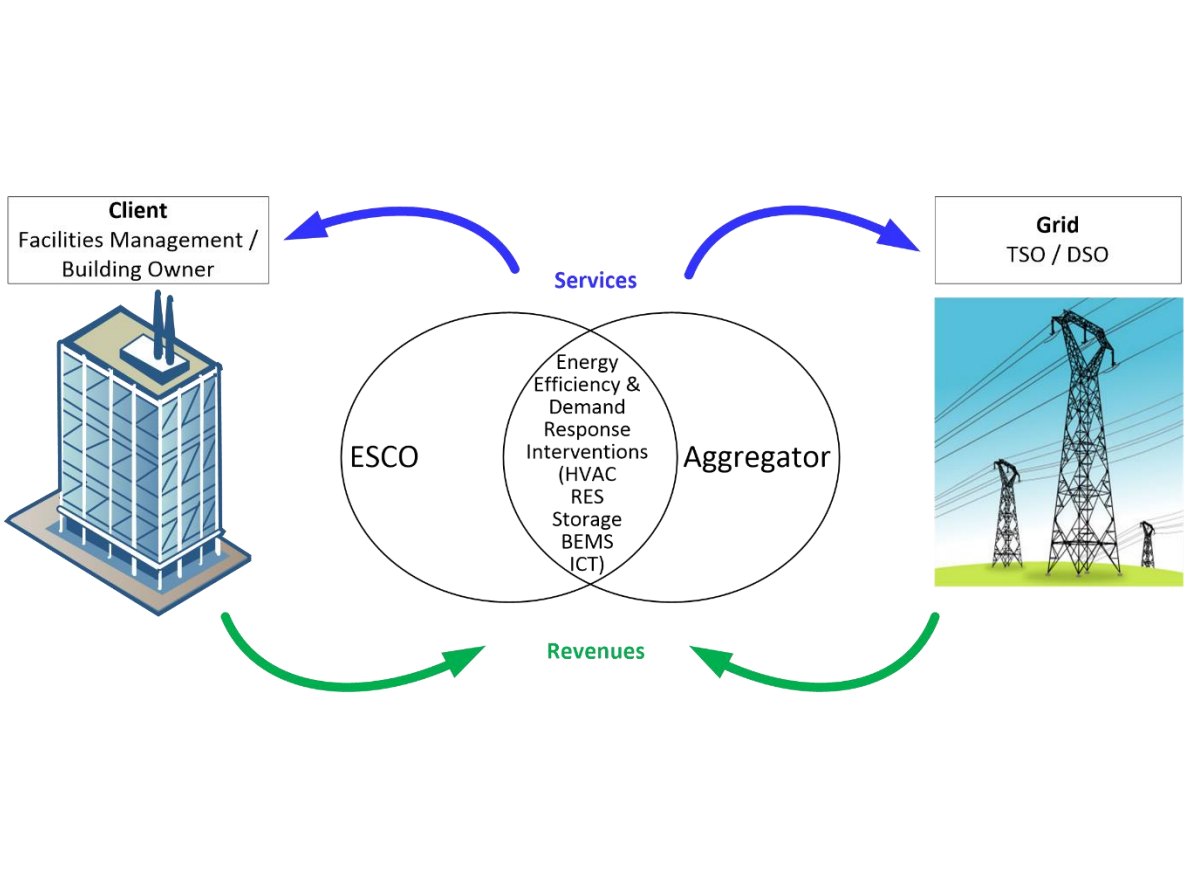DEMAND RESPONSE
F&D Partners continues to grow and succeed because we focus on the most important thing: Our Clients
What is the Demand Response?
Demand response allows consumers to actively participate in managing the electric grid by adjusting their electricity consumption during peak periods in response to time-based rates or financial incentives. Electric system planners and operators leverage demand response programs as a resource to balance the supply and demand of electricity. The implementation of such programs has the potential to reduce electricity costs in wholesale markets, subsequently leading to decreased retail rates.
How does it work?
The grid operator anticipates a potential stability issue within the grid and dispatches a balance notification to the aggregator.
The aggregator, upon receiving the balance order, employs specialized algorithms to efficiently distribute the request among the clients in its portfolio. This optimization aims to either reduce or increase the energy consumption of these clients.
The designated client adjusts their consumption or generation level, a task that can be executed either automatically or manually.
The modified load information is then relayed to the grid operator.
After confirming the accurate provision of the service, the client is compensated according to the terms agreed upon in the contract.


Actions Taken in Demand Response:
F&D Partners is dedicated to offering comprehensive guidance to our clients, specializing in the implementation of effective demand response strategies. Our expertise extends to advising on optimal approaches, ensuring continuous updates, overseeing the entire process, and fostering close collaboration to address any inquiries.
Our approach involves deploying various strategies to actively involve customers in demand response initiatives. One key strategy is the adoption of time-based rates, encompassing options such as time-of-use pricing, critical peak pricing, variable peak pricing, real-time pricing, and critical peak rebates. These rates present financial incentives for consumers to adjust or reduce their electricity consumption during specific periods, aligning with dynamic market conditions.
Other solutions include direct load control programs, where power companies have the capability to cyclically manage air conditioners and water heaters during peak demand periods. This active consumer participation not only contributes to grid stability but also provides financial incentives and the potential for lower electric bills. At F&D Partners, we ensure that our clients benefit from these innovative strategies, optimizing their engagement in demand response efforts.
Why has it become important?
Historically, grid operators heavily relied on conventional power stations to manage fluctuations in energy demand.
When demand surged, utilities and grid operators had to increase their energy supply, either by procuring it from the market or activating a standby power plant specifically designed for peak demand periods to avert the risk of a blackout.
However, the imperative to address the climate crisis and transition to a decarbonized economy has reshaped this landscape.
Projections indicate that by 2050, approximately 79% of energy will be derived from renewables, introducing an element of unpredictability to the energy supply due to the nature of renewable sources that cannot be easily regulated.
Additionally, there is an estimated 60% increase in global electricity demand by 2040.

